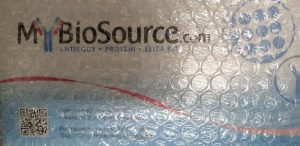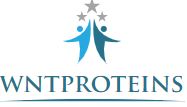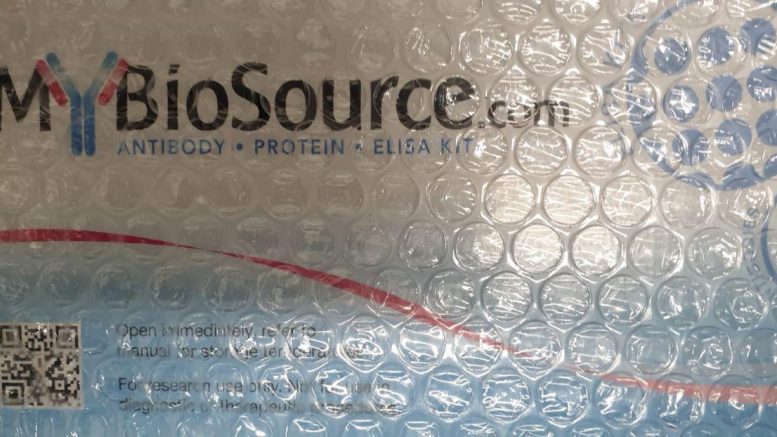Ischemic retinopathies are characterised by a progressive microvascular degeneration adopted by a postischemic aberrant neovascularization. To reinstate vascular provide and metabolic equilibrium to the ischemic tissue throughout ischemic retinopathies, a dysregulated manufacturing of progress components and metabolic intermediates happens, selling retinal angiogenesis. Glycolysis-derived lactate, extremely produced throughout ischemic situations, has been related to tumor angiogenesis and wound therapeutic. Lactate exerts its organic results via G-protein-coupled receptor 81 (GPR81) in a number of tissues; nevertheless, its physiological capabilities and mechanisms of motion within the retina stay poorly understood.
Herein, we present that GPR81, localized predominantly in Müller cells, governs deep vascular advanced formation throughout improvement and in ischemic retinopathy. Lactate-stimulated GPR81 Müller cells produce quite a few angiogenic components, together with Wnt ligands and significantly Norrin, which contributes considerably in triggering internal retinal blood vessel formation. Conversely, GPR81-null mice retina reveals decreased internal vascular community formation related to low ranges of Norrin (and Wnt ligands). Lactate accumulation throughout ischemic retinopathy selectively prompts GPR81-extracellular signal-regulated kinase 1\/2-Norrin signaling to speed up internal retinal vascularization in wild-type animals, however not within the retina of GPR81-null mice. Altogether, we reveal that lactate via GPR81-Norrin participates in internal vascular community improvement and in restoration of the vasculature in response to harm. These findings counsel a brand new potential therapeutic goal to alleviate ischemic illnesses.
Wnts and Hedgehogs (Hh) are giant, lipid-modified extracellular morphogens that play key roles in embryonic improvement and stem cell proliferation of Metazoa. Both morphogens sign by way of heptahelical Frizzled-type receptors of the G-Protein Coupled Receptor household and there are a number of different similarities that counsel a typical evolutionary origin of the Hh and Wnt pathways. There is proof that the secreted protein, Wnt inhibitory issue 1 (WIF1) modulates the exercise of each Wnts and Hhs and will thus contribute to the intertwining of those pathways. In this text, we evaluate the construction, evolution, molecular interactions and capabilities of WIF1 with main emphasis on its position in carcinogenesis.
Accumulation of Progerin Affects the Symmetry of Cell Division and Is Associated with Impaired Wnt Signaling and the Mislocalization of Nuclear Envelope Proteins.
Hutchinson-Gilford progeria syndrome (HGPS) is the results of a faulty type of the lamin A protein referred to as progerin. While progerin is understood to disrupt the properties of the nuclear lamina, the underlying mechanisms liable for the pathophysiology of HGPS stay much less clear. Previous research in our laboratory have proven that progerin expression in murine epidermal basal cells leads to impaired stratification and halted improvement of the pores and skin. Stratification and differentiation of the dermis is regulated by uneven stem cell division. Here, we present that expression of progerin impairs the flexibility of stem cells to keep up tissue homeostasis on account of altered cell division. Quantification of basal pores and skin cells confirmed a rise in symmetric cell division that correlated with progerin accumulation in HGPS mice. Investigation of the mechanisms underlying this phenomenon revealed a putative position of Wnt/β-catenin signaling. Further evaluation urged an alteration within the nuclear translocation of β-catenin involving the internal and outer nuclear membrane proteins, emerin and nesprin-2.
Taken collectively, our outcomes counsel a direct involvement of progerin within the transmission of Wnt signaling and regular stem cell division. These insights into the molecular mechanisms of progerin might assist develop new remedy methods for HGPS. Wnts are lipid-modified proteins that regulate stem cell signaling via Frizzled receptors on the cell floor. Determination of binding interactions between lipid-modified Wnt proteins and their Frizzled receptors has been difficult because of the lack of availability of facile detection strategies and technical hurdles related to producing the related reagents.
Here we report an enzyme-linked immunosorbent assay to measure the binding of a biotinylated type of lipid-modified Wnt3a to the extracellular cysteine-rich area of Frizzled receptor. The technique described herein is powerful and fast, makes use of minimal volumes of reagents, and may be carried out in a high-throughput format. Because of those attributes, the strategy may discover utility in drug discovery purposes reminiscent of characterizing the impact of pharmacological inhibitors on Wnt signaling with out the necessity for stylish biophysical instrumentation.

Müller Cell-Localized G-Protein-Coupled Receptor 81 (Hydroxycarboxylic Acid Receptor 1) Regulates Inner Retinal Vasculature via Norrin/Wnt Pathways.
[Expression and significance of dishevelled proteins in the Wnt pathway in childhood acute lymphoblastic leukemia].
To research the importance of dishevelled (DVL) proteins within the Wnt signaling pathway within the pathogenesis and prognosis of childhood acute lymphoblastic leukemia (ALL).At analysis and on day 33 of induction remedy, 2 mL bone marrow samples had been collected from the case and management teams, and qRT-PCR was used to measure the mRNA expression of DVL1, DVL2 and DVL3 in blood cells of bone marrow.The mRNA expression of DVL1, DVL2 and DVL3 within the case group within the incipient stage was considerably larger than that within the remission stage and the management group . Compared with the management group, the case group had a major improve within the mRNA expression of DVL2 within the remission stage.
[Linking template=”default” type=”products” search=”bone morphogenetic proteins” header=”3″ limit=”135″ start=”1″ showCatalogNumber=”true” showSize=”true” showSupplier=”true” showPrice=”true” showDescription=”true” showAdditionalInformation=”true” showImage=”true” showSchemaMarkup=”true” imageWidth=”” imageHeight=””]
The mRNA expression of DVL2 was considerably larger than that of DVL1 and DVL3 in each remission and incipient phases. The high- and intermediate-risk teams had considerably larger mRNA expression of DVL1 and DVL2 than the low-risk group. The mRNA expression of DVL2 was considerably larger than that of DVL1 and DVL3 within the low-, intermediate- and high-risk teams (P<0.05).The change within the expression of DVL, particularly DVL2, within the Wnt sign pathway has sure significance within the pathogenesis and prognosis of childhood ALL.


